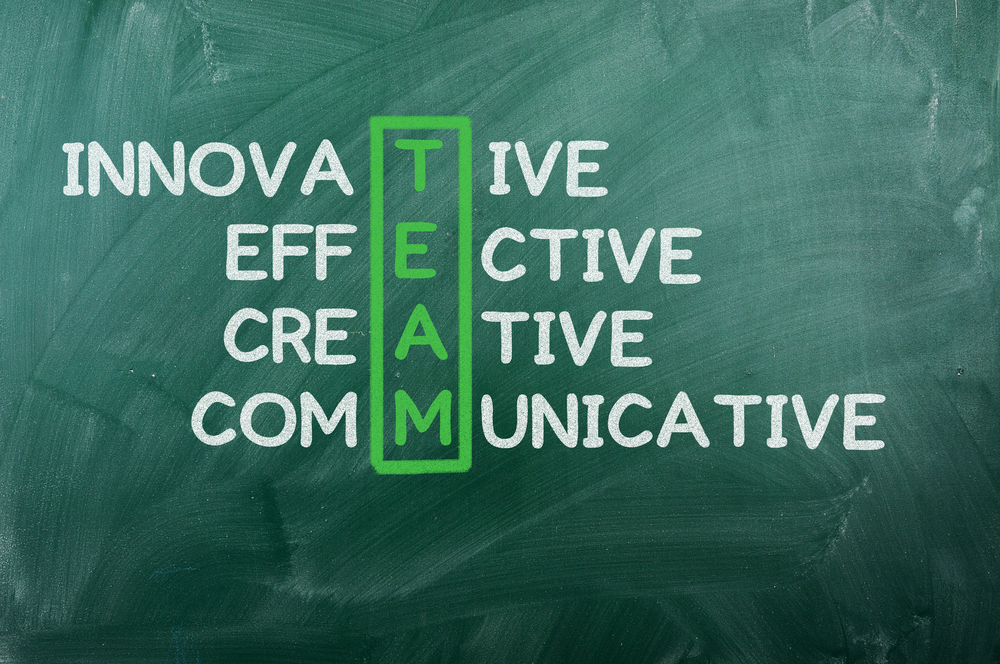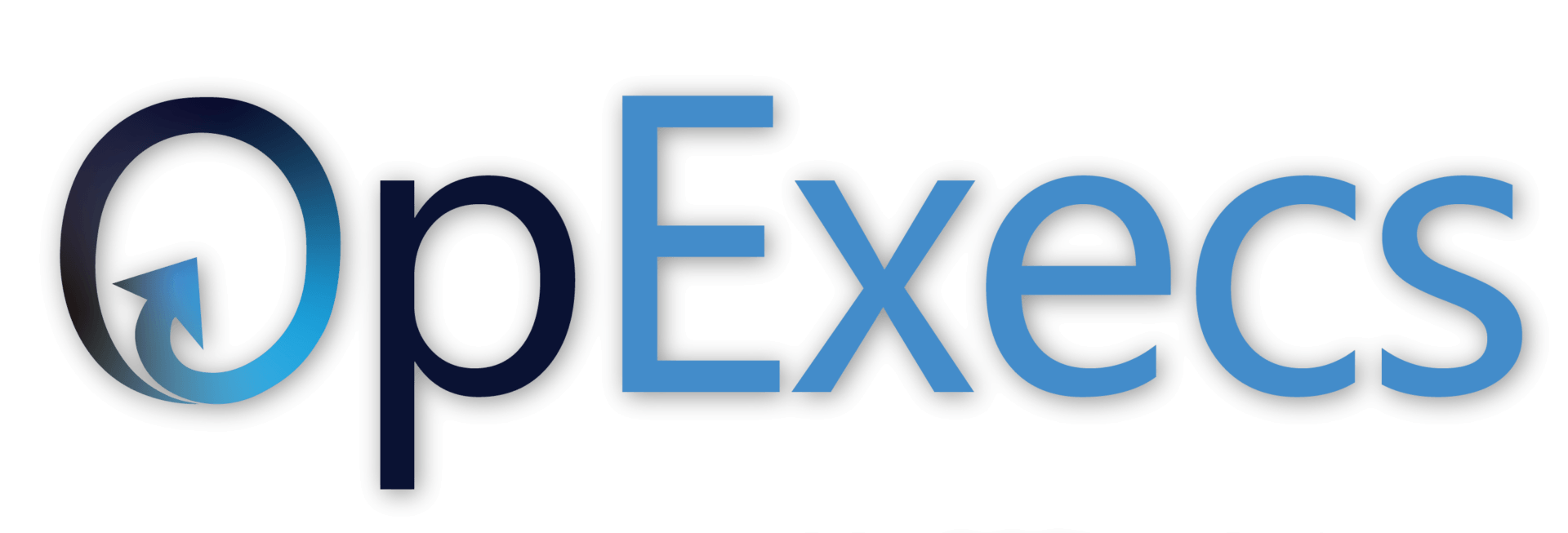
Originally used by Toyota as part of the Toyota Production System, the Kaizen approach is used to engage front-line employees and solicit their ideas to drive change which will stick.
The Kaizen Process enables ‘change for the better’
The term “Kaizen” is another way to describe continuous improvement or change for the better. As an approach, it has come to define a way of bringing people together to analyze the current state, plan and execute real-time change to test out their hypothesis and ideas for improvement.
Kaizen Events range from a few hours to a week, depending upon the scope.
A Kaizen Event is different from a Meeting because it is enables teams to focus on ACTION using PREPARED data and analysis
The key element that differentiates a Kaizen from a Meeting is that it requires preparation ahead of time to ensure the team has the information they need to brainstorm solutions and try them out during the event. Even the week-long Kaizen event should have all actions completing within 30 days of the event.
A critical element to the success of the event is ensuring stakeholder involvement and empowerment.
Stakeholders play a key role in ensuring the right people are present to analyze and improve the process and that they empower that team to make changes to the current state. They check in at the beginning and the end of the Kaizen to see the work of the team, hold them accountable to deliver results and thank them for the effort and involvement. They also step in to solve logjams which prevent the team’s progress.
Kaizens can be done virtually with the right preparation.
For teams who operate remotely, these events can be a great way to bring them together to understand what each process participant does and address gaps that cause their processes to be manual, slow, not effective with customers and/or nontransparent to one another. The current state should be documented ahead of time with the prework being reviewed in Day 1 and Problem solving occur next followed by brainstorming solutions and taking actions to try-out these solutions.
Kaizen changes the way people approach problem solving and encourages teams to try out new ideas
A recent Kaizen team described the virtual event and its results:
“It is very helpful to see the as is processes and how to change them.”
“It does take a lot of manpower and effort, but worth it if the new process works.”
“It involves all impacted parties and causes engagement”
It was super focused and actual work got done
The CEO of this group said
“I like the Kaizen process because it encourages people to try new ideas and succeed or fail quickly, revise and repeat”
Here is how participants said it will change the way they work:
- I see that with group focus, things can change
- I saw the value of understanding every single step in the process and how to find a short-term solution to be more efficient than waiting until the development of the long term
- I learned that we need to see things as they are to be honest with our processes
- Be bold, don’t be afraid to ask. Set timelines
In your Virtual Kaizen Event, start with scope and sponsorship
So how do you use the Virtual Kaizen format to accelerate change in your organization? Start with scope and sponsorship. Define the problem you are trying to address with your sponsors who are responsible for ensuring the change. Ask them to think through what can be addressed in the timeframe available. If you have 4 hours, that will require a very focused scope, perhaps on one step of your process. If you have a week, you can perhaps focus on multiple steps such as engaging a customer through entering their order into your order management system. Next, ask them whose participation should be solicited to ensure success. Focus on the people who do the job every day – across all functions involved – to ensure those who know the AS IS state are involved in its improvement. Think through what data you will need to address that scope. If it’s a customer identified problem, you’ll need defect data. If you’re trying to address a process problem, document the as is state. With this data completed ahead of time, you will have enough time to review it and react to it during the event.
Be creative when applying tools and techniques in virtual vs in person setting
Virtual Kaizens can be as effective as in person ones, but they do require planning and facilitation. Tools like MIRO, ZOOM BREAKOUT sessions, frequent breaks designed ahead of time in your agenda along with collaboration tools like Microsoft teams can be used to connect people with ease so that they can focus on the problem and not the technology. Digital transformation, taking manual, duplicated, and redundant processes and streamlining them are terrific targets for a Virtual Kaizen. Although adjustment is required to take an in-person Kaizen and accomplish the same goals using a virtual format, it is possible to create a fun and collaborative environment using the right leadership support, virtually-based tools and planning to gain enthusiasm for developing and implementing new ways of accomplishing work! You’ll find using this tool improves employee morale, while getting important work done in a timeframe that is a fraction of the normal time to do things and with better results as people buy-into the solution.
